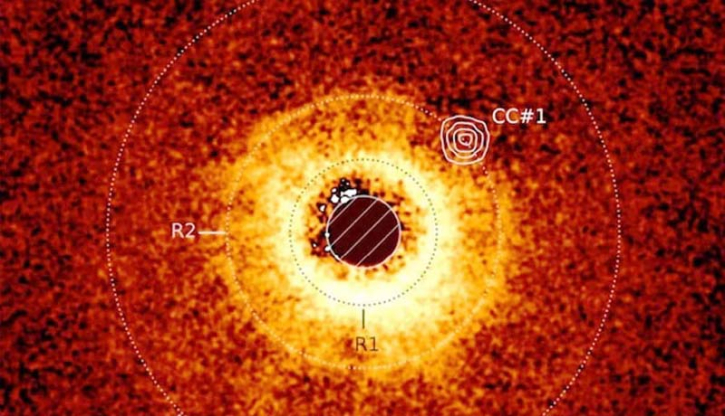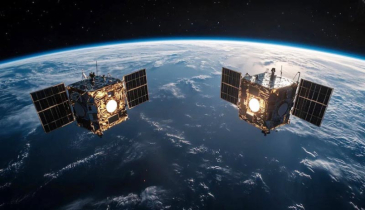For first time, NASA's Webb telescope discovers an alien planet

NASA’s James Webb Space Telescope has, for the first time, discovered a previously unknown planet beyond our solar system. Since its launch in 2021, the powerful space observatory has delivered critical insights into the early universe and examined numerous known exoplanets.
Now, Webb has directly imaged a new celestial body—a significant breakthrough in space exploration.
The newfound planet is a young gas giant comparable in size to Saturn, the second-largest planet in our solar system. It orbits a star smaller than our sun located in the constellation Antlia, approximately 110 light-years from Earth. A light-year measures about 5.9 trillion miles (9.5 trillion kilometers), underscoring the vast distance between this planet and our own.
Unlike previous discoveries, which often involved detecting known planets through indirect means such as transits or radial velocity shifts, this is the first time Webb has directly imaged a completely unknown exoplanet. The planet's youth and size made it a favorable target for Webb’s powerful infrared instruments, which can detect faint heat signatures in deep space.
Researchers believe this discovery showcases the full potential of Webb’s capabilities not just for examining ancient galaxies, but also for detecting new planets that were previously hidden from other telescopes. This opens a new chapter in the study of planetary systems and may provide important clues about planet formation and the potential habitability of distant worlds.
The finding also reinforces Webb’s role as a revolutionary tool for exoplanet science, offering astronomers a glimpse into alien worlds that were previously out of reach. With many more observations scheduled, scientists are hopeful that this is just the beginning of Webb’s planetary discoveries.
.png)









